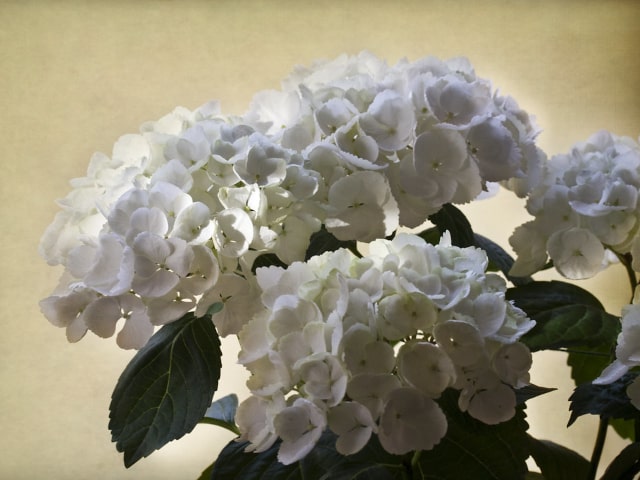
It is often said that Hydrangea plants have some of the most beautiful flowers. A Hydrangea blooming is an attractive sight in any garden. The plant is often used both indoors and outdoors for its gorgeous flowers. It is also a common part of bouquets and arrangements, so it is not surprising that gardeners wish to have this plant in their home.
Since Hydrangea flowers are so gorgeous, they are often the main reason why people choose to grow this plant in the first place. Because of this, it can be disappointing when you have Hydrangea not flowering. A Hydrangea plant without blooms is just not the same.
Hydrangea Not Flowering: What is the Issue?
Many gardeners are disheartened when they see their Hydrangea not flowering. What might be the reason? It is important to understand that this situation can be very frustrating, but it is not a rare occurrence. Many gardeners have the same issue and cannot get their Hydrangea plants to bloom.
The good news is that Hydrangea not flowering is not a sign of a disease or a serious problem with the plant. In fact, most of the time, the lack of flowers is due to something relatively minor. The best thing is that most of these issues come with simple, easy solutions. While not all cases of Hydrangea not flowering are easy to solve, the most common reasons for lack of blooms are easy to identify and solve.
Common Reasons for Hydrangea Not Flowering
Here are the most common reasons for Hydrangea not flowering, and what you can do to fix this issue.
Hardiness Zone
The first thing to check if you see your Hydrangea not flowering is the hardiness zone of your area. This is particularly important if you wish to grow Hydrangea plants outdoors. Keep in mind that plants can thrive only in specific zones, and you need to make sure that your zone is suitable for the Hydrangea species that you have.
Don't be fooled by your Hydrangea otherwise growing normally, or appearing to do so. Producing flowers puts a lot of strain on the plant, and it requires a lot of energy. Therefore, it has to be thriving in order to bloom, and it can't do that if it's not planted in the adequate climatic region. This is why the first step is to make sure that you have the correct Hydrangea variety for your region.
Species of Hydrangea
There are many different species of Hydrangea that you can grow in your home and garden. Many times, the reason your Hydrangea not flowering is simply due to the species you planted. Even if it is in the right hardiness zone, there might be some other requirements that you are not taking into account. This is why it's important to know and understand the specific Hydrangea species that you have. You also need to understand how it produces flowers and what you can do to make it bloom.
Keep in mind that in general, Hydrangea varieties are divided into one that grow flowers off old wood and those that grow flowers off new wood. It is important to understand what is the variety you have if you notice your Hydrangea not blooming.
In general, varieties that flower off of new wood will not present a problem: they tend to bloom without many issues. Keep in mind that some of the most common varieties come from the big-leaf family, Hydrangea macrophylla, which are known for producing gorgeous pink or blue flowers. There are many different cultivars created from this family, and some tend to die back to the base of the plant during the winter.
In this case, if the already existing (old wood) dies back to the ground, your Hydrangea will not bloom in the following spring. This happens because it will be too busy growing new wood. And since these varieties don't bloom from the new wood, you will not see any flowers. The blooms on these varieties can only appear on the old stalks.
To prevent this from happening, you need to protect your Hydrangea during the winter. Make sure to shield it from winter and frost, including freezing temperatures. All of this can help the plant keep the old wood and it will be able to bloom in the following spring.
Too Much Pruning
Another common reason for Hydrangea not flowering can be too much pruning. Again, this mainly happens with the varieties that grow flowers from the old wood. If you prune your plant too much in the early summer and late winter will not produce flowers in the following spring.
This is because such plants tend to die back more, and they will not have enough of the old wood left to produce the flowers. With these plants, chances are that you would have to wait for a whole year to see flowers.
To avoid this problem, always make sure to prune your Hydrangea only in the early spring. This time period will allow you to see the dead wood so you will not cut too much of the healthy plant, and you will not depriving it from its old wood.
Inadequate Soil
In some cases, your soil can be the culprit for Hydrangea not flowering. If the soil has too much nitrogen in it, Hydrangea might have too much lush green growth but no flowers. Keep in mind that Hydrangea plants, like many other flowering plants, need phosphorus to bloom and flower.
To remedy this issue, first get your soil tested to make sure it is indeed a problem. If the soil has too nitrogen, you can add some bone meal to increase the phosphorus content of your soil. Also, make sure to pay attention to the phosphorus and nitrogen content of any fertilizer you wish to introduce to your Hydrangeas.
Photo credit: liz west
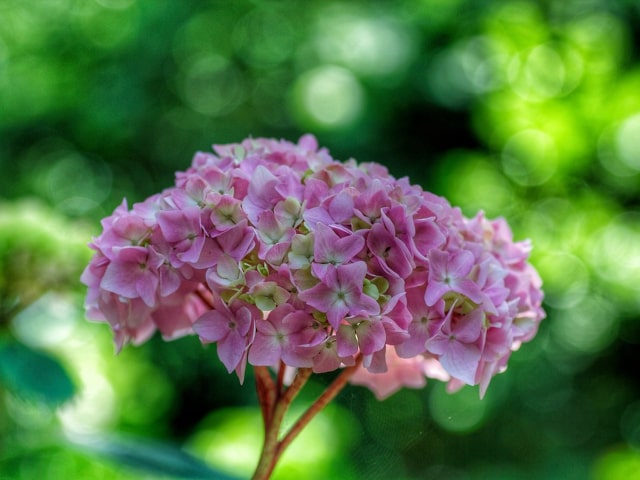
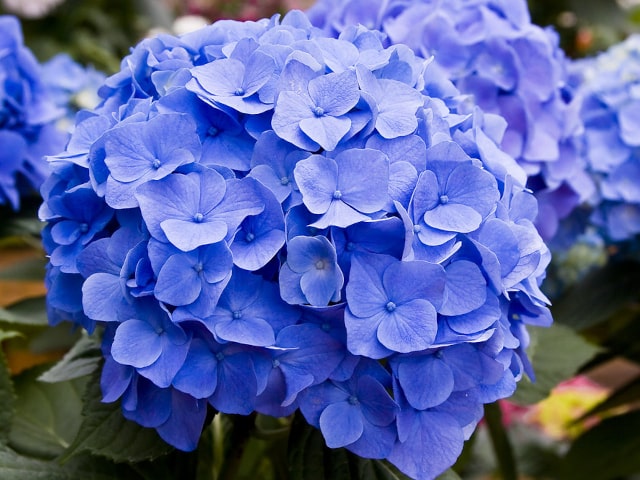
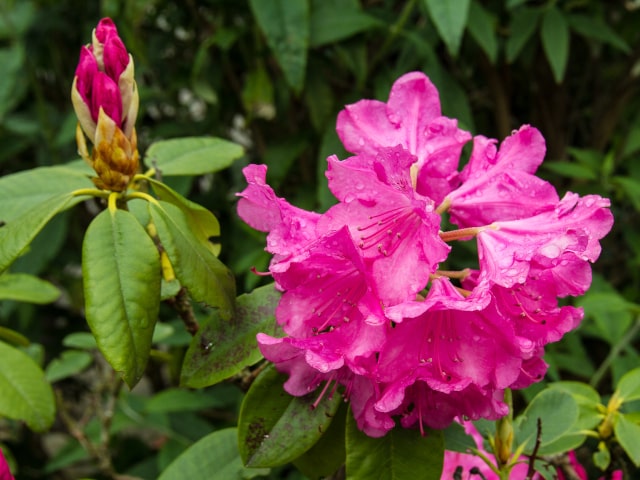
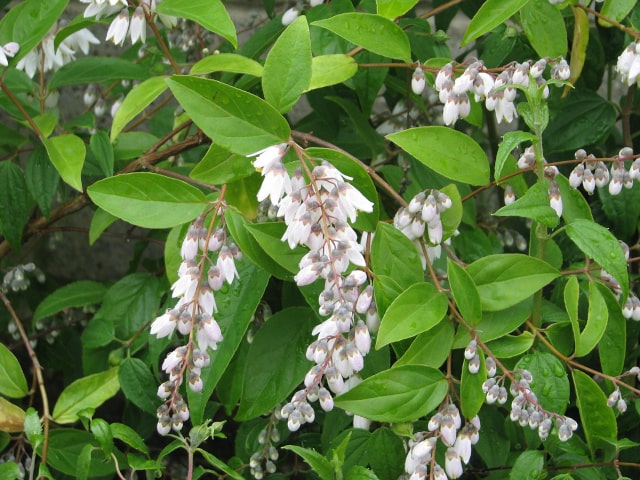
0 Comments